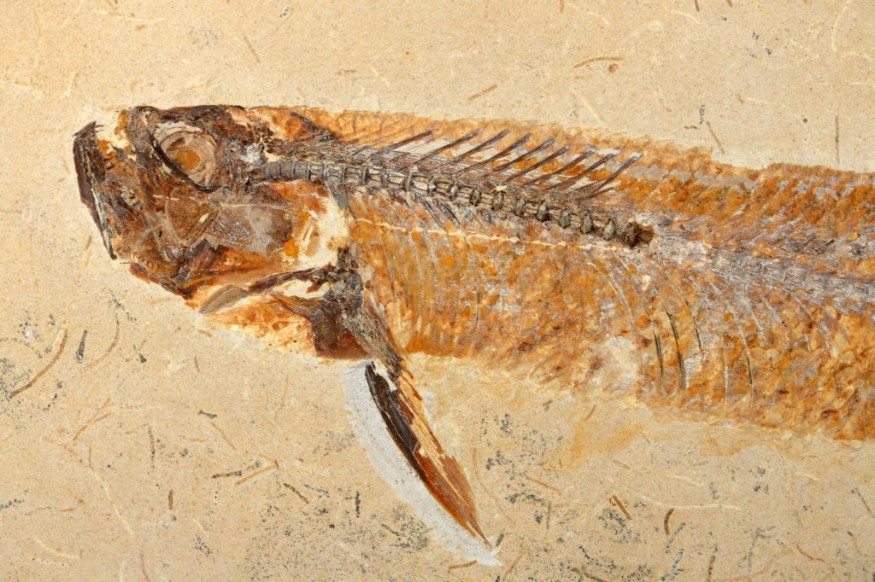The dinosaur-killing asteroid that struck an area on what is now the Chicxulub crater in Yucatan Peninsula, Mexico, could have also led to the extinction of an ancient "hell fish" 66 million years ago.
This is according to a new study, wherein paleontologists unearthed fossils of two newfound ancient species in North Dakota, United States, where four ancient fish fossils resemble the modern-day sturgeon.
The new fish species have been named Acipenser praeparatorum and Acipenser amnisinferos. Both species already went extinct during the Late Cretaceous period as a result of the Chicxulub impact, causing a global tsunami and mega earthquake, as well as other planetary hazards. The asteroid strike was very powerful it killed all dinosaurs and almost all life forms on Earth.
While the two hell fish species are no longer around, their morphological appearance is similar to sturgeons that are native to East Asia and Europe today. Sturgeon is a name given to multiple fish species belonging to the family Acipenseridae. Sturgeons are known for having elongated bodies, scaleless, and large size. They also have roots as far as 200 million years ago.
North Dakota Ancient Fish Fossils

Findings about the 66-million-year-old sturgeons that live alongside the dinosaurs were published in the Journal of Paleontology on October 3. The team found the fish fossils at a site called "Tanis" and is a section of the famous Hell Creek Formation, which covers parts of Montana, South Dakota, North Dakota, and Wyoming. In particular, the paleontologists excavated their fossilized remains at an ancient riverbed.
Tanis was reportedly once a paradise for dinosaurs and other animals that inhabit a large, deep river, which fed the now-dry Western Interior Sea Way from the Gulf of Mexico to the Arctic Ocean. However, the are became a mass grave for thousands of ancient freshwater fish which were potentially burnt alive and buried in a matter of seconds, potentially minutes in the aftermath of the Chicxulub asteroid impact.
Eric Hilton, study co-author and evolutionary biologist from the Virginia Institute of Marine Science, told Live Science the resemblance between the ancient sturgeons and modern-day sturgeons is unexpected, wherein that latter was supposed to be native in North America.
Ancient Hell Fish
The scientists believe that the discovery is only the tip of the iceberg since the Tanis site also contained the remains of ammonites, paddlefish, bowfish, various insects, and ancient marine reptiles known as mosasaurs. The team also postulate undiscovered species are still lurking in the sediments just waiting to be excavated.
The fish species described in the study were very well-preserved since they were possibly buried alive or at least instantly after death, according to Lance Grande of the Negaunee Distinguished Service Curator from The Field Museum in Chicago, Illinois, as cited by Newsweek.
Following the breakthrough discovery, further paleontological excavations at the Tanis site and nearby areas in the Hell Creek Formation is likely to continue in the future.
Related Article: Hundreds of Very Rare Fish Discovered in Nevada
© 2026 NatureWorldNews.com All rights reserved. Do not reproduce without permission.





